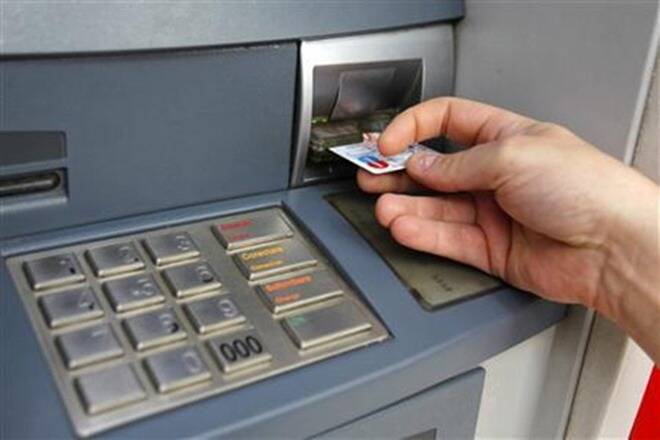Where there is money, there are scams. Whether in the physical world or online, scammers will always find ways to steal sensitive information from unsuspecting victims and empty their bank accounts. Even ATMs, which are often seen as a safe and secure way to withdraw cash, are not immune to scams. One of the most common ATM scams is shoulder surfing.
Shoulder surfing is a sneaky way of stealing information by looking over someone’s shoulder without them knowing. It’s commonly done when people are using ATMs or their phones for transactions.
Let’s take a detailed look at what shoulder surfing is and how to prevent your sensitive information from getting stolen.
Read More: Has Your PAN Become Inoperative? Here’s How To Check, Link With Aadhaar
What is shoulder surfing
In shoulder surfing, thieves stand next to someone and observe their actions. As the name suggests, these thieves typically peek over the shoulder of an unsuspecting individual at an ATM or while they are occupied with their phone, in order to obtain sensitive information. They attempt to view personal details such as passwords and PIN numbers, which they later exploit for their own financial benefit.
Shoulder surfing is commonly carried out in crowded places where it is easy for thieves to position themselves beside a person who is filling out a form, entering a PIN at an ATM, or using a calling card at a public pay phone. Additionally, shoulder surfing can also be conducted using technology like binoculars.
Here are a few ways scammers use shoulder surfing to steal information:
- Thieves can stand next to someone at an ATM and watch them enter their PIN number.
- Thieves can sit next to someone on a bus or train and read their credit card number as they enter it into a payment terminal.
- Thieves can even stand behind someone in line at a store and watch them type in their password on a checkout kiosk.
To protect yourself from shoulder surfing, it is important to be aware of your surroundings and try to hide your screen, obstructing the view of both the screen and the keyboard from others. Additionally, you can also use a privacy screen or cover.
How to protect yourself from shoulder surfing
- Never accept help from strangers at the ATM.
- Be alert to your surroundings and watch out for anyone suspicious who might be trying to see your screen.
- Use your hand to shield the screen and keypad when entering your PIN at an ATM.
- Make sure to check for any suspectful cameras that may be present around the ATM screen
- Stay at the ATM until your transaction is completed and you have fully logged out. Leaving early could give the next person in line access to your account.
- Regularly monitor your account balance and bank statements, and report any discrepancies to your bank immediately.
Other than shoulder surfing, here are some other scams you should be aware of while using an ATM.
Read More: Trouble For Tadka As Jeera Prices Shoot Up To ₹1000 Per Kg
Card skimming scam
In this scam, scammers attach a device to an ATM machine to steal card information, including the card number and PIN. This information can be used later to create counterfeit cards or make online transactions.
Card trapping scam
In this scam, scammers tamper with an ATM’s card slot to trap cards and use them to withdraw money.
Cash trapping scam
In this scam, criminals use a device inside the cash dispenser slot that holds the cash when it is dispensed. When users assume the machine is out of cash and leave, the criminal retrieves the trapped cash later.
Phishing scam
Scammers send fraudulent emails, text messages, or make phone calls pretending to be from a legitimate bank or financial institution. They then deceive users into revealing personal information, including ATM card details, by tricking them into visiting fake websites or sharing sensitive information over the phone.





































